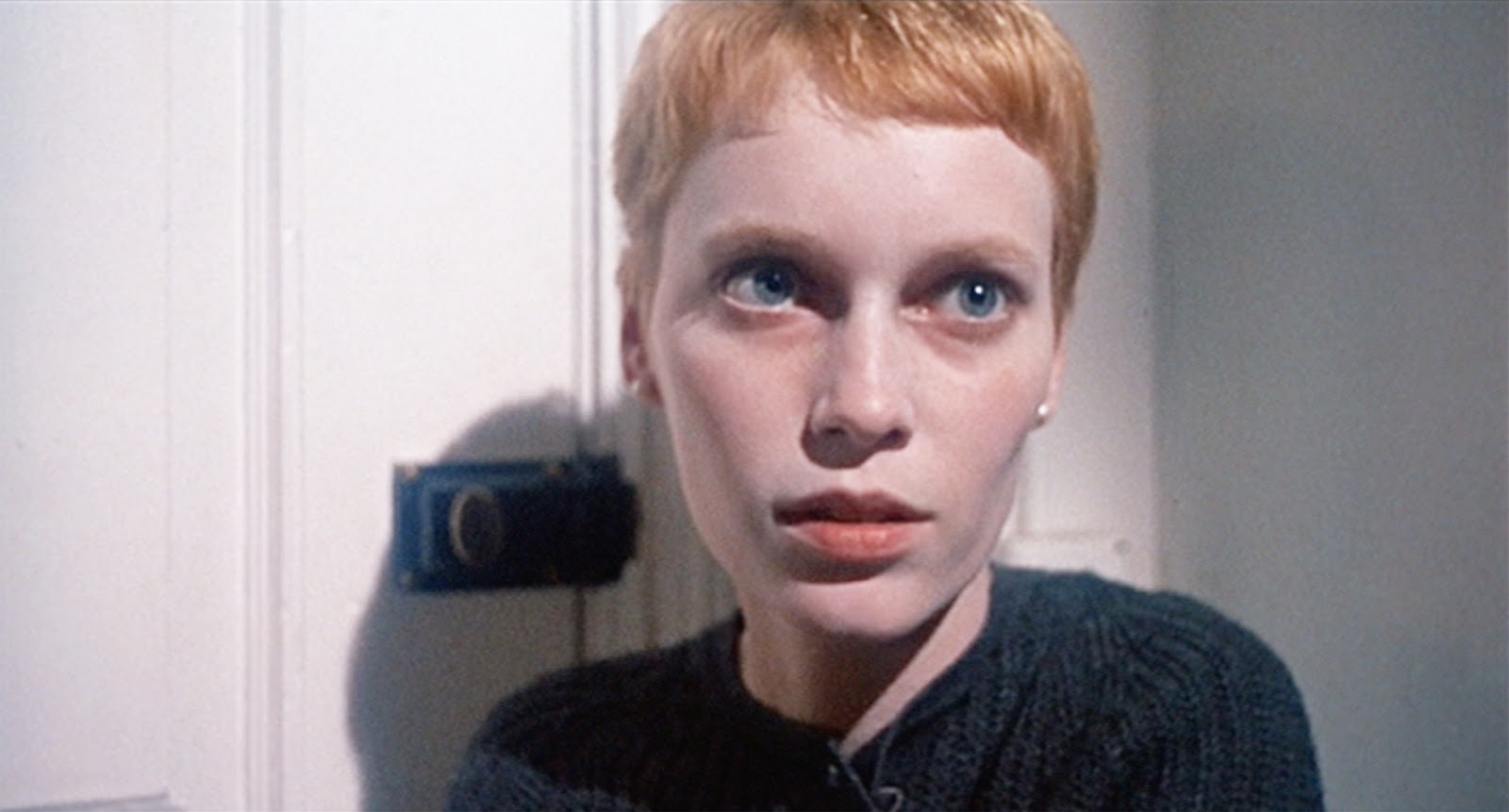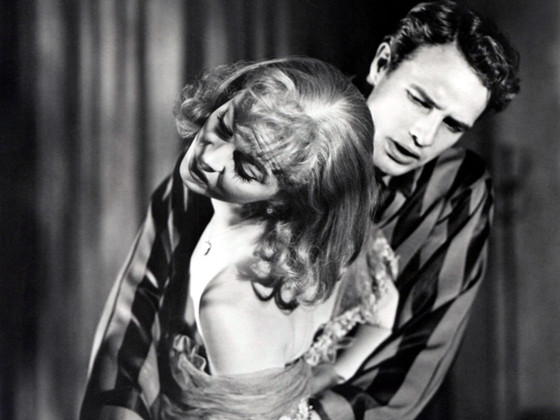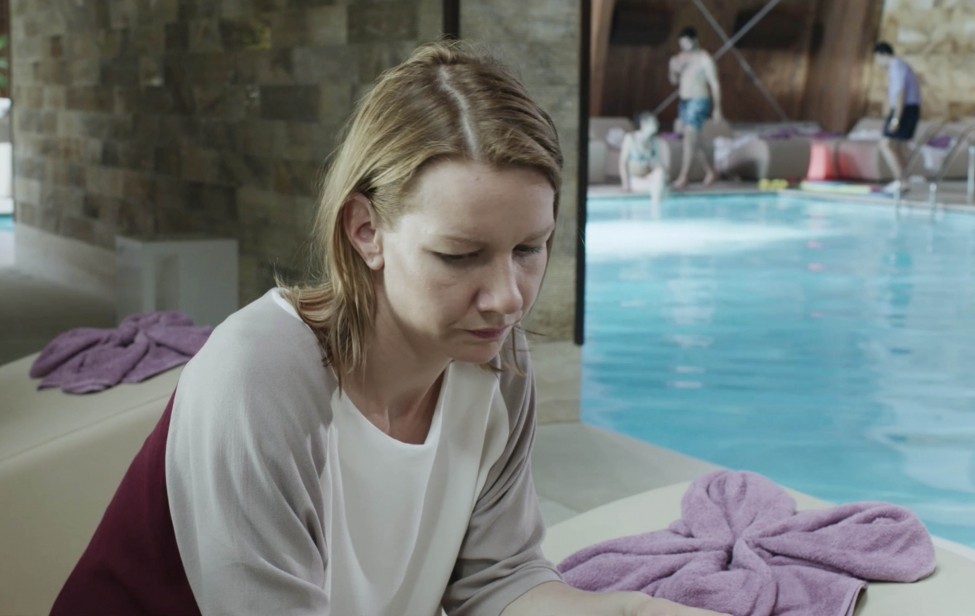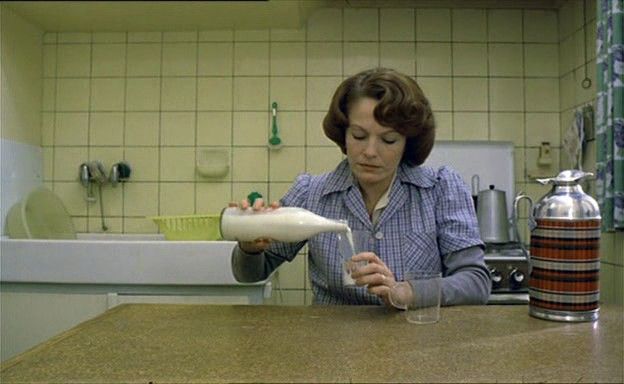7. Melancholia

Lars von Trier’s “Melancholia” is depression embodied. One of the film’s very first shots, depicting Kirsten Dunst in a wedding gown, trudging in ultra slow motion through the woods, roots holding her back, is the entire film synthesised.
Never has one moment so fully captured the thematic core of a film, nor everything to follow. It’s so astute as to be prophetic, a self-fulfilling vision of trying to move forward but being held back, as though by some invisible force. The image moves so slowly that it might as well be still, the most complete depiction of the emotional stagnation operating on Dunst’s Justine.
The remainder of the film follows the aftermath of her marriage, which she experiences with a cool detachment that persists when it transpires a planet is hurtling toward, and will eventually destroy, Earth. The emotional thesis of the text, so to speak, is depression’s ability to make emotion evaporate in the face of the most catastrophic of events, to minimise everything.
Dunst is not so much in a state of unraveling as a product of permanent, nagging ‘unravelment’. Both actress and director suffered from depression, and the destructive force of the illness, the way it seeps into all of life permeates every frame, informs the way every emotional beat is the very antithesis of emotion, a vacuum.
6. Rosemary’s Baby

“Rosemary’s Baby” is the second Polanski vehicle in three years to explore female unraveling. An adaptation of “The Stepford Wives” author Ira Levin’s novel of the same name, it follows Rosemary, a newly minted housewife who moves into a New York City apartment with her husband, meets eerily enthused and involved older neighbours, and gradually comes to believe those around her have plotted to sabotage her pregnancy. Played by a ghostly and fragile-to-a-fault Mia Farrow, the intense and harrowing vulnerability in her eyes occupies every frame.
The film invites a multiplicity of readings, most compelling of which is the feminist one: the patriarchal sabotage of women’s right to control their bodies is evidenced by Rosemary’s husband and male doctor controlling her pregnancy, from its beginning (Rosemary’s husband rapes her while she’s asleep) to its development (her doctor instructs her to eat and drink things that considerably weaken and thin her, to its ending).
No element of the film is supernatural: everything that occurs could happen in real life, making it all the more haunting, and making Rosemary’s unraveling all the more compelling. Is she imagining this sabotage, a result of social and marital strain, the anxiety of pregnancy and burgeoning motherhood, is it really occurring?
One of the film’s most haunting shots, forever imprinted in our collective consciousness, is of a wide-eyed Rosemary wielding a knife as she enters the room in which she discovers the true nature of her child. It really is a vision of intense vulnerability, a loss of control, total fear.
5. Carrie

Sissy Spacek’s mild manner and clearwater eyes lend themselves violently well to the telekinetic schoolgirl-driven-to-murder she plays in ultimate teen prom horror flick “Carrie.” The film begins with menstrual blood and ends with the spilled blood of her mother and peers.
As such, it harbours a through-line common to the horror genre, that of women on the brink of adolescence and sexual awakening becoming dangerous (see: “The Exorcist,” “Jennifer’s Body,” “The Craft”). The initial appearance of blood, marking her first period, is tied to social embarrassment and ostracisation when Carrie overreacts in the girl’s locker room, having never encountered menstruation and believing herself to be dying.
The ensuing bullying, coupled with a religious fanatical mother at home coalesce in creating a repressed, terrified teenager. She’s on the verge, so to speak, throughout most of the film.
The point of culmination of the many pressures operating on Carrie from the beginning is the pig blood spilt on her when she is crowned prom queen, a cruel act orchestrated by her peers. Using her telekinesis, she murders several of her classmates, then returns home and drives a cross through her mother’s body.
Carrie’s breakdown, out of the entries on this list, is perhaps the most infamous, and certainly the most explosive. You know what they say: heaven has no rage like love to hatred turned/Nor hell a fury like a teen girl scorned.
4. A Streetcar Named Desire

A Streetcar Named Desire’s Blanche DuBois is, and forever will be, a patron saint female unraveling: a chaotic interior broiling beneath a barely-contained sickly-sweet facade. The character originated in Tennessee Williams’ play of the same name and is one of the most brilliant and complex creations to ever grace the stage and screen.
Bearing a multiplicity of layers, a complex and fraught past and an intense mask of self deception, Blanche, played on screen by the brilliant Vivian Leigh, is an open book trying to be a closed one. Her pretty clothes, perfect makeup and permanent station in weakly-lit rooms are a poor disguise for the horrors both present and past she harbours. Her unraveling and eventual breakdown is set in motion by the animalistic Stanley, played by Marlon Brando in what has become the method performance.
The violent contrast between their two natures – hers fragile and delicate, his vulgar and abrasive – gradually propel the already weak Blanche into a spiral of despair, wherein her hold on reality becomes increasingly tenuous.
By the end, Blanche, too sensitive for reality, is a shell, entirely dependent on “the kindness of strangers.” In an industry constantly calling for “strong women,” it’s worth noting that Blanche is a weak woman but not a weak character. Her fragility and fruitlessly concealed emotional vulnerability create a character so rich and layered that she continues to be emulated on stage and her many facets dissected of it. Not all female characters need to be strong, but certainly they need to be complex, and Blanche presents one of the most realised models of this idea.
3. Persona

“Persona” is the cinematic equivalent of an iceberg, its surface simplicity concealing layers of meaning.. A fairly lean run time (an hour and 23 minutes) and two characters in a house don’t bear the markings of one of the most psychologically complex pieces in film history. And yet, the film explores not one but two characters in different stages of psychological disintegration.
Elisabet Vogler, played by Bergman confidant and collaborator Liv Ullmann, plays a famed stage actress who, overwhelmed by ego and the falsities of constructed identity, has ceased speaking, unwilling to lie any longer.
Her nurse Alma, played by Bibi Andersson, accompanies her to a house by the country where her recovery process is set to take place. Vogler’s silence, however, catalyses Alma’s unraveling, as the actress becomes a blank slate onto which Alma projects herself and her fears. Identities meld and melt into one another.
Anyone who’s seen the film will permanently remember the two faces crisscrossing like ships passing by each other in the night, or Vogler’s blind husband kissing Alma, thinking her to be his wife. The film plays like a poem, unified by themes of ego and identity, each frame a crystallised verse projecting a multiplicity of meanings.
2. Toni Erdmann

The drawn-out, highly internalised psychological shift in the workaholic heroine of “Toni Erdmann” is the kind of character arc that would make “Jeanne Dielman” auteur Chantal Akerman proud. The film also, tragically, happens to be the only other female-directed entry on this list, written and helmed by Maren Ade.
It centres on a father who resolves to prank his daughter, Ines, now a grown woman who has gotten too serious for his liking. A masterful tapestry of expert characterisation interspersed with dry, subtle comedy ensues, featuring an infamous set of fake teeth that make an appearance more than once.
Two specific moments emerge as rays of light in our heroine’s otherwise cloudy, composed exterior.
The first scene features her singing in front of a group of relative strangers as her father accompanies on the piano. A kind of awkward over-eagerness, a desire to be liked, is manifested with the kind of self-conscious goofiness that, for the first time, draws a clear line of similarity between her and her father.
The second scene is certainly the most talked about: toward the end of the film, guests arrive for a dinner party at Ines’ apartment only to find her stark naked and acting as though nothing is wrong, certainly the result of a pressure-induced nervous breakdown.
Unlike Woody Allen’s Jasmine or Tennessee Williams’ Blanche, Ines is such an expert at concealing her inner turmoil that her ultimate breakdown is wholly unexpected, yet not totally surprising. It’s the result of three hours of masterful, detailed characterisation and a quietly brilliant performance by Sandra Hüller. All the luck in the world to Kristen Wiig and Jack Nicholson, who’ll be reprising these roles in the film’s American adaptation.
1. Jeanne Dielman

“Jeanne Dielman” is an exercise in gesture, in the minutiae of daily life (and, at three and a half hours, in patience). The second female-directed entry on this list, this minimal observation of the gradual emotional disintegration of a housewife could only be a product of the female gaze.
Built out of gestures and seeming mundanities consigned to the bottom-most rung of cinematic interpretation, Chantal Akerman originated a new kind of cinema rife with moments that had, under the patriarchal hold on the medium, been denied representation.
The film rose to instantaneous acclaim and turned its director, then 25-year-old Akerman, into a phenomenon overnight. It explored the unraveling of its tight-lipped heroine – a mother, housewife and sometimes prostitute, by asking the audience to watch her perform her daily chores at length, and then implementing minor changes to these habits, hinting at deeper emotional turmoil.
The oft discussed and disliked ending, sensationalist by the film’s restrained standards, is the culmination of a long and slow internal shift, the result of a growing contempt for the confines of the household and the rigid structures restraining women beyond. Dielman’s unraveling is so slow, minute and expertly paced that its culmination is both surprising and inevitable, the external manifestation of one of the most internal, contained emotional arcs captured on film.
Perhaps the way to end this exploration of celluloid unraveling is with Rimbaud. Though not a woman nor a screen presence, the prodigious writer would soon assume the role of patron saint of disorder and disintegration and famously wrote, before quitting poetry altogether at the nimble age of 21, “Finally, I came to consider my mind’s disorder as sacred.”
Author Bio: Meghan Smith is a student in her final year at USC’s School of Cinematic Arts. She has written two feature films, given filmmaking workshops and created videos for the United Nations in Geneva. She has also been known to pass out at screenings of her work.